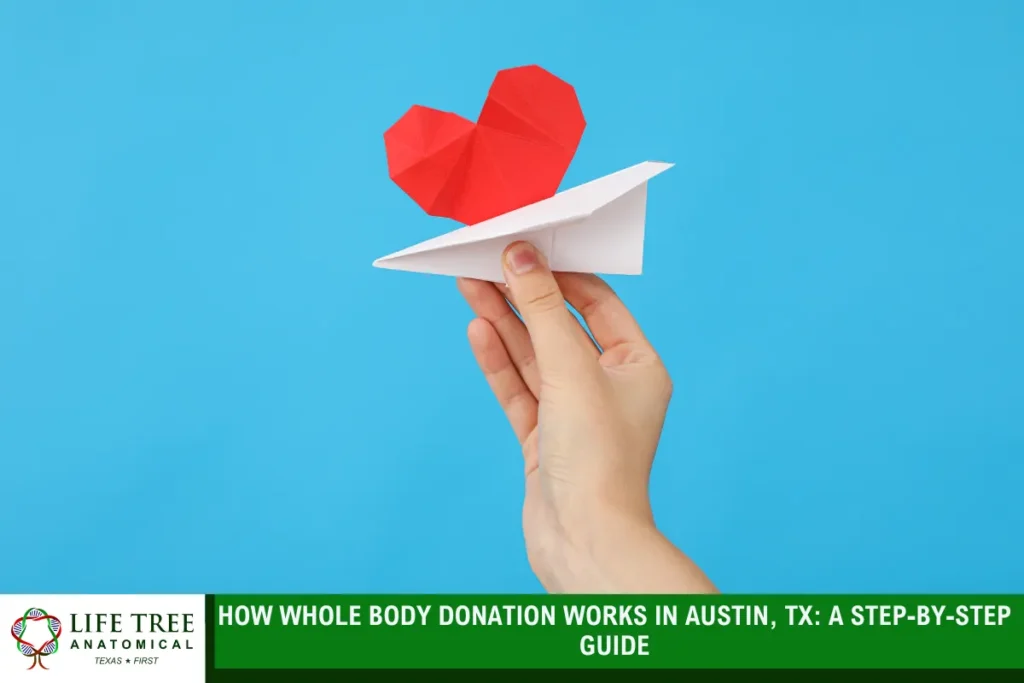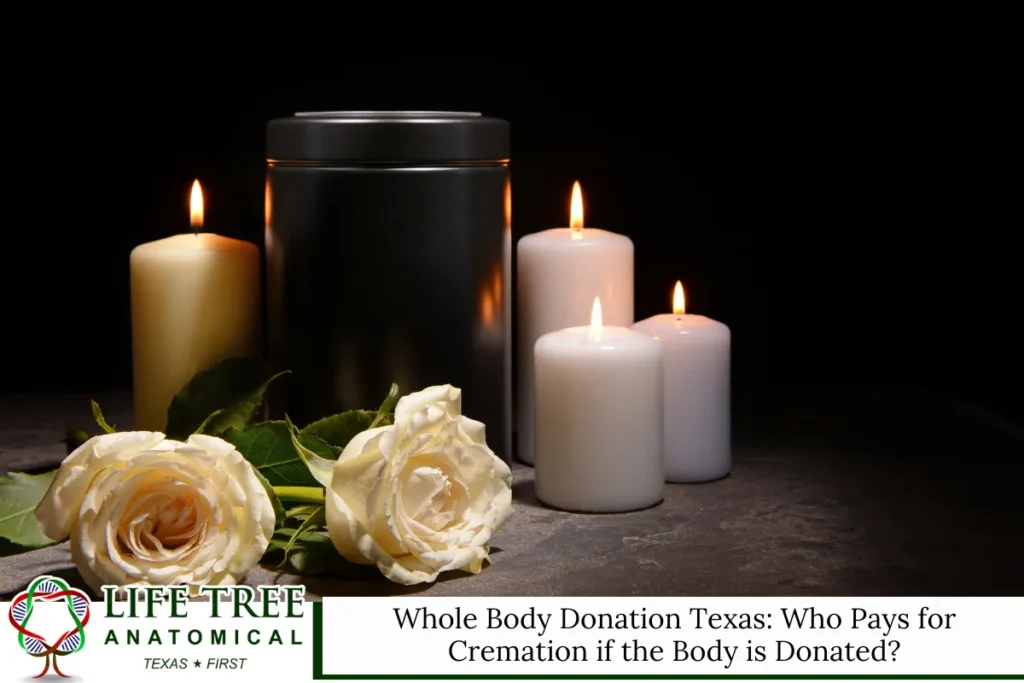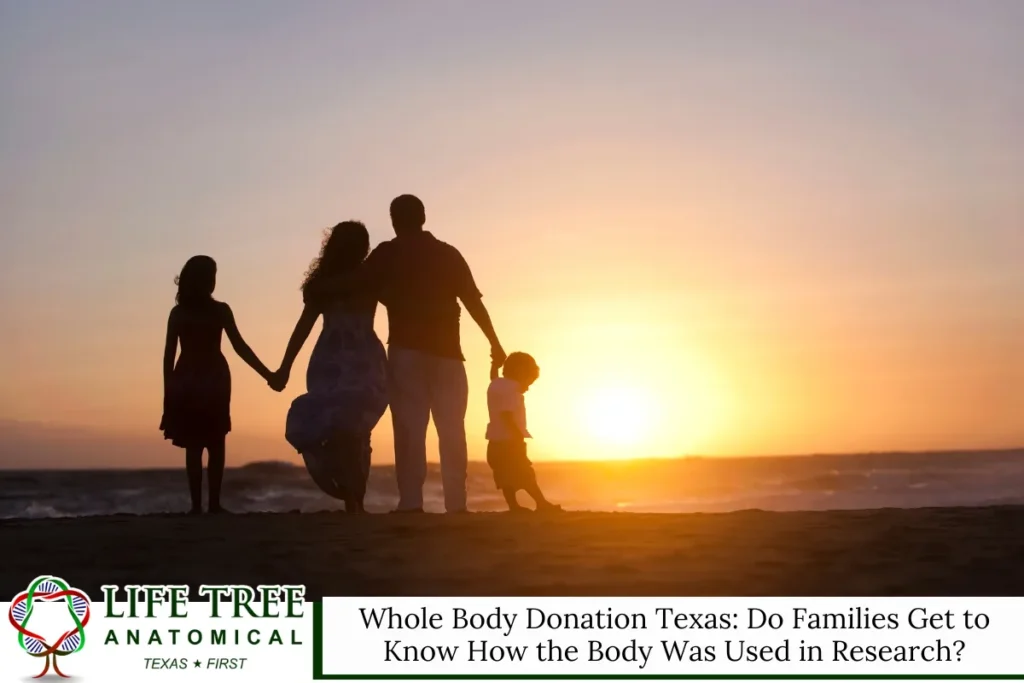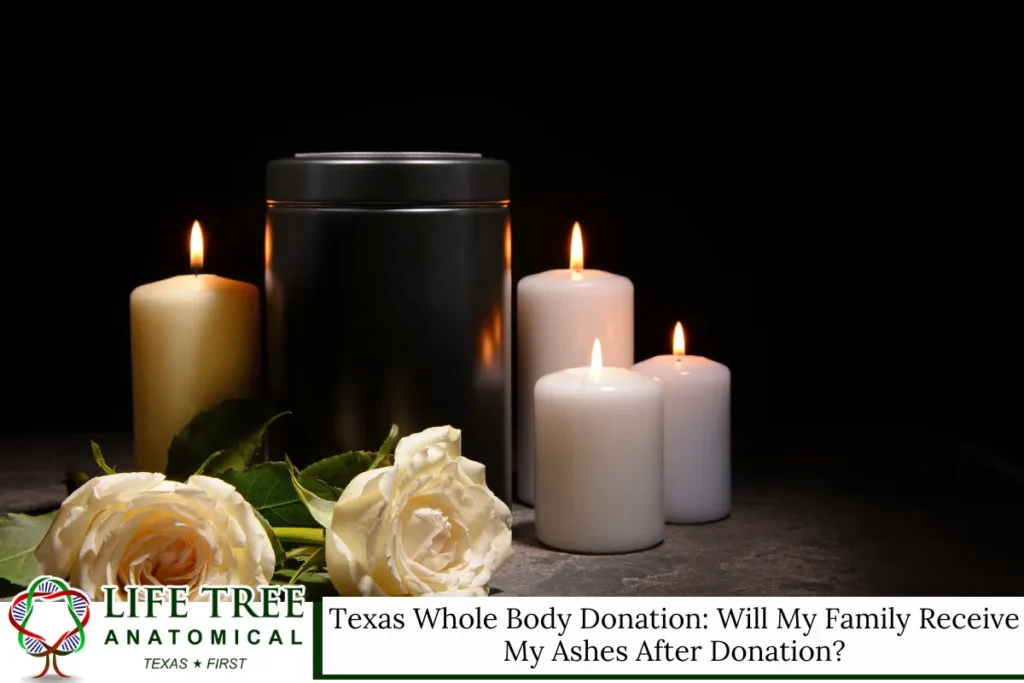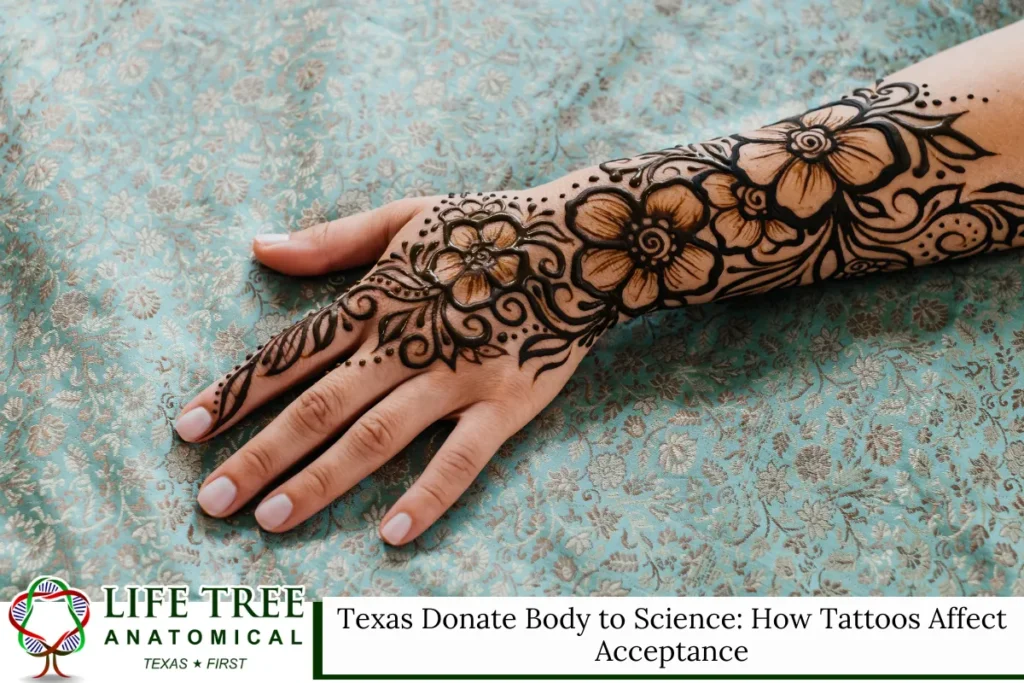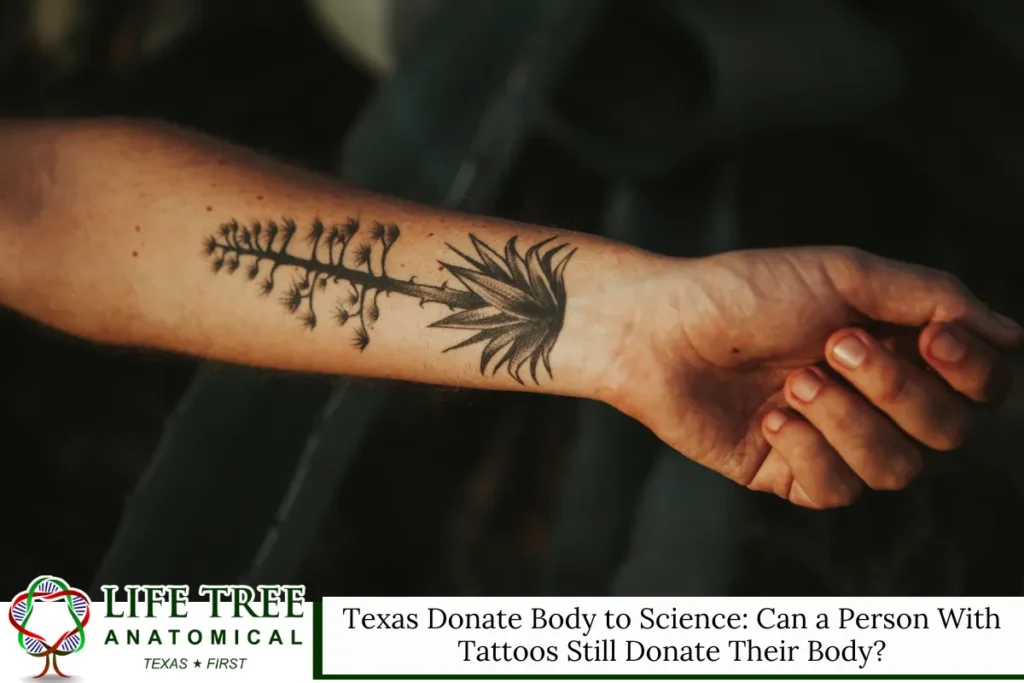Whole body donation is a powerful way for people in Austin, TX, to contribute to medical science after death. Through this selfless act, individuals allow their entire body to be used for research, education, and training, helping future doctors and scientists learn more about human anatomy and disease. This article breaks down the entire process in detail—from registration to cremation—to provide a comprehensive understanding of how whole-body donation works and its lasting impact on the community.
Understanding Whole Body Donation

Whole body donation refers to the process of donating your body to science after death, enabling its use in educational and medical research settings. Unlike organ donation, which is often focused on saving or extending a specific life, whole body donation supports broader learning and discovery. Donated bodies are primarily used to teach anatomy, develop new surgical procedures, test medical devices, and study diseases.
In Austin, TX, donated bodies are handled by medical programs and research institutions that rely on them for hands-on learning. A single donor can help train hundreds of students or researchers, making it one of the most generous and far-reaching gifts a person can give.
Whole body donation also provides a practical benefit to families. Many programs cover the costs of transportation, storage, cremation, and the return of ashes to the family. This not only makes the process more accessible but also eases the burden of funeral expenses.
Why Whole Body Donation Is Important in Austin, TX

Austin is a growing medical and academic hub in Texas, home to several institutions dedicated to health sciences, biotechnology, and surgical innovation. The demand for whole-body donors continues to rise as more students enroll in medical programs and researchers undertake increasingly complex studies.
In this environment, whole body donation plays a crucial role in:
- Medical education: Helping students understand the structure and function of the human body
- Research and innovation: Contributing to breakthroughs in treatment methods
- Surgical training: Allowing new surgeons to practice procedures in a safe and realistic setting
For the city of Austin, every donation is an opportunity to further science and prepare a better future for healthcare across Texas and beyond.
Who Is Eligible to Donate?
Most adults can become whole-body donors, but certain medical or logistical factors may affect their eligibility. Programs usually consider:
- Age: Generally, adults over 18 can register. Some programs have no upper age limit.
- Medical conditions: Individuals with certain infectious diseases (such as HIV, hepatitis B/C, or Creutzfeldt-Jakob disease) may be excluded.
- Body condition: Significant trauma, extreme obesity, or recent major surgeries might make the body unsuitable for educational use.
- Time of death: The timing and location of the donor’s passing can affect whether the donation can proceed.
Eligibility is usually confirmed at the time of death, even if the person pre-registered. This final evaluation ensures the body is suitable for the intended research or educational use.
The Registration Process

Pre-registering as a whole body donor is encouraged. It ensures that your wishes are documented, making things easier for your family in the future. Here’s how the registration process works in Austin:
- Consent and documentation: You complete a form stating your intent to donate. This typically includes your health history and legal authorization.
- Review and acceptance: The program reviews your information and sends confirmation of your registration if you meet the general criteria.
- Family communication: It’s essential to discuss your decision with family members so they’re aware and supportive when the time comes.
- Donor identification: You may receive a donor card or a letter confirming your registration, which can be carried in a wallet or kept in a safe place.
This process is straightforward and thoughtful, enabling you to prepare your final contribution without complications.
What Happens at the Time of Death?
Once a donor has passed away, the following steps take place to initiate the donation:
- Immediate contact: A family member, caregiver, or hospital staff must call the donation program—usually within 2 to 4 hours.
- Eligibility check: A representative confirms if the donor’s body still meets the requirements based on current health status and circumstances.
- Transportation: If accepted, the organization arranges for the body to be transported to their facility, often at no cost to the family.
- Final consent: The next of kin signs a final authorization form, which allows the donation to proceed.
Timing is important here. Prompt notification and decision-making ensure the donation is successful and that the body is preserved for educational use.
How the Donated Body Is Used

After arrival at the medical facility or research lab, the donated body is respectfully prepared and used for one or more of the following purposes:
- Anatomy education: Students in medical, dental, or physical therapy programs learn human anatomy directly through dissection and study.
- Surgical technique training: Practicing surgeons refine their skills using donated bodies, allowing them to perfect complex procedures before performing them on live patients.
- Medical device development: Researchers test tools like implants, pacemakers, and surgical robots to ensure their safety and effectiveness.
- Disease research: Scientists study how illnesses affect human tissues and organs to create better treatments or preventive strategies.
These contributions are vital for medical advancement. A single donor may be involved in multiple projects, helping numerous professionals expand their knowledge and experience.
What Happens After Donation?
Once the body has fulfilled its role in medical research or education, the donation program follows a respectful and standardized process:
- Cremation: The body is cremated at a licensed facility, at no cost to the donor’s family.
- Return of ashes (if requested): The cremated remains can be returned to the family or scattered by the program’s procedures.
- Documentation: Families may receive a death certificate or a letter of gratitude from the institution that received the donation.
Programs in Austin often go a step further by honoring donors through annual memorial services. These events provide closure and appreciation to families who supported the decision to donate their loved one’s organs.
The Impact of Donation on Families and Communities

Whole body donation not only serves science, but it also helps grieving families find peace. Knowing their loved one made a meaningful difference can be comforting and inspiring.
In communities like Austin, where education and healthcare continue to grow, donations help:
- Reduce training costs for medical programs
- Increase opportunities for local students
- Bring more accurate medical procedures to Texas hospitals
Donors become part of something bigger, something that lasts far beyond a lifetime. Their gift supports not just science, but the well-being of neighbors, friends, and future generations.
Cultural and Ethical Considerations
Many people wonder whether whole-body donation aligns with their personal or religious beliefs. In most cases, it does. Major world religions generally support body donation as an act of compassion and a form of service.
In Austin, donation programs are structured to:
- Respect individual faith traditions
- Provide optional cremation services aligned with cultural norms
- Offer the family the choice to hold separate memorials or religious ceremonies
Ethically, donation is grounded in the principles of voluntary consent, transparency, and dignity. Donors choose this path knowing the value of their contribution and the respect it will receive.
Preparing Loved Ones for Your Decision

Discussing your intent to donate with family and friends is one of the most important steps. Even if you’ve completed all the necessary legal documents, your loved ones must be aware of your wishes to avoid confusion or disagreement later on.
Here are a few tips to make the conversation easier:
- Be honest and clear about your reasons
- Share printed information or your registration documents
- Reassure them that your body will be treated with respect
- Explain the benefits of science and the cost-free cremation
Support from those closest to you makes the process smoother and more meaningful.
Making Your Final Wishes Known
Aside from registering, you should take a few extra steps to make sure your choice is honored:
- Include your donation wish in your advance directives or living will
- Add it to your state-issued ID if applicable
- Provide written instructions in your end-of-life paperwork
- Talk to your healthcare provider or lawyer
These additional measures reinforce your decision and help medical staff respond appropriately when the time comes.
Leaving a Legacy That Matters
Deciding to donate your body is not just a personal choice—it’s a legacy. It offers future doctors a better education, gives researchers the tools to improve healthcare, and helps families feel proud that their loved one contributed to something greater than themselves.
In Austin, where innovation and compassion go hand in hand, whole-body donation offers a path to meaningful impact. By making this choice, you’re shaping a future filled with smarter medicine, stronger communities, and lives improved through knowledge and care.
Taking the time to understand and register today means the world could be healthier tomorrow, all because of you.
Austin Whole Body Donation – Life Tree Anatomical

Life Tree Anatomical in Austin, TX, offers a trusted and respectful path for those considering whole body donation. As the first non-university willed body program in Texas, we provide individuals and families with a clear, supportive process that honors each donor’s choice to contribute to medical education and research.
Our team ensures that everything—from transportation to cremation—is handled with care and consideration. We’re here to answer questions, provide guidance, and offer peace of mind throughout the process.
To learn more about whole body donation or to speak with someone about how it works, please call (512) 402-8533. We’re here to help every step of the way.
Frequently Asked Questions About Whole Body Donation in Austin, TX
1. How is the body donation process handled after someone passes away?
Once a body donor passes away, the process begins quickly to ensure proper care and respect. The Next of Kin or attending funeral home notifies the donation program, usually within hours. The donor’s medical history is reviewed again to confirm eligibility, even if they pre-registered and completed donation forms and consent forms earlier.
If accepted, arrangements are made for the transportation of the body, typically covered by the program. No embalming is required, as the body is sent directly to a facility for anatomical study, medical education, or research purposes.
Programs in Austin handle everything from coordination to the eventual cremation of remains. Families may request the ashes be returned, and they’ll receive a death certificate for legal records. The entire body donation process is structured to ensure dignity, transparency, and zero cost to the donor’s loved ones.
2. Do medical students and professionals use the entire body?
Yes, whole-body donation is incredibly valuable for both medical students and trained medical professionals. Every part of the body has educational or research value, and it’s used in a way that maximizes its contribution.
For instance:
- Muscles and joints are used in surgical training
- Organs may be studied in anatomical labs
- Tissues can support disease-specific research facilities
These bodies are essential tools for those studying or developing new surgical methods, as well as evaluating the safety of medical devices. Unlike models or computer simulations, human donors provide real-world variability—something future doctors must understand to treat patients effectively.
In most cases, one body donor can contribute to several training programs across different medical institutions. Once all studies are complete, the body is respectfully cremated, and ashes can be returned to the family if requested. This kind of donation leaves a lasting impact on medicine.
3. What forms are required to register for whole body donation in Austin?
Registering for whole body donation involves a few key documents that serve as legal consent and guide the donation process later. The first is a donor form, in which individuals declare their intention to donate their body after death. This often includes a detailed medical history and a signed informed consent statement.
You’ll also complete consent forms acknowledging your understanding of how the body may be used for medical education, anatomical study, surgical training, or research programs. Some donation programs may issue donor cards, which act as a reminder of your choice and can be kept with your identification.
It’s important to discuss your decision with your Next of Kin and keep your documents accessible. While you can register during your lifetime, final approval still occurs after death, based on current health conditions. These forms ensure transparency, protect your rights, and make things easier for your loved ones.
4. Can families still hold a memorial service after body donation?
Absolutely. Donating a body doesn’t prevent families from holding a memorial or celebration of life. While there won’t be a traditional viewing, families in Austin can still plan meaningful gatherings at a funeral home, place of worship, or any chosen venue.
Since whole body donation programs usually include cremation, families can choose to receive the cremated remains afterward. This allows them to scatter ashes, store them, or place them in an urn at a later date—whatever fits their wishes.
Some families even find comfort in knowing that the donation supports medical education and advances in research. In many cases, the donation organization will provide a death certificate and offer support with documentation, which can aid in planning.
Holding a service doesn’t conflict with donation—it simply becomes a tribute to both the person’s life and their selfless contribution to medical institutions and research facilities.
5. Are there any costs involved with donating a body?
One of the benefits of whole body donation is that there’s usually no financial burden on the family. Most donation programs in Austin cover major expenses, such as:
- Transportation of the body
- Processing and storage
- Final cremation
- Delivery or scattering of cremated remains
- Filing of the death certificate
Because these services are included, families often don’t need to hire a funeral home for full arrangements. However, they can choose to hold their memorial service separately. This makes body donation not only a generous gift to science but also a practical option for those who prefer a simpler, cost-effective end-of-life plan.
The organization handling the donation will clearly explain everything upfront, providing detailed information in the consent forms. Transparency is a priority, so families aren’t surprised by hidden fees or unexpected paperwork.
Read more: Why Families Choose Whole Body Donation in Austin, Texas

